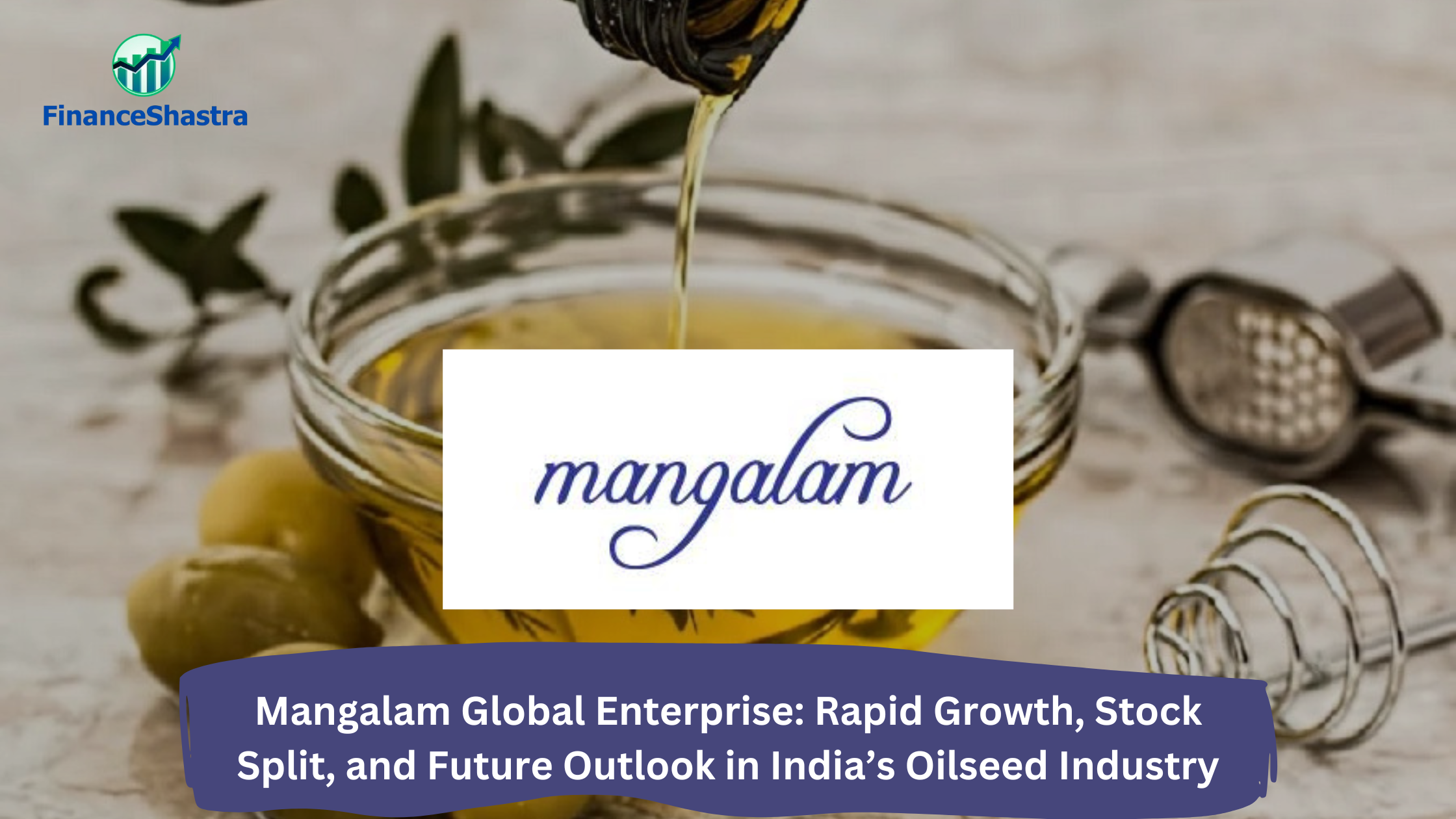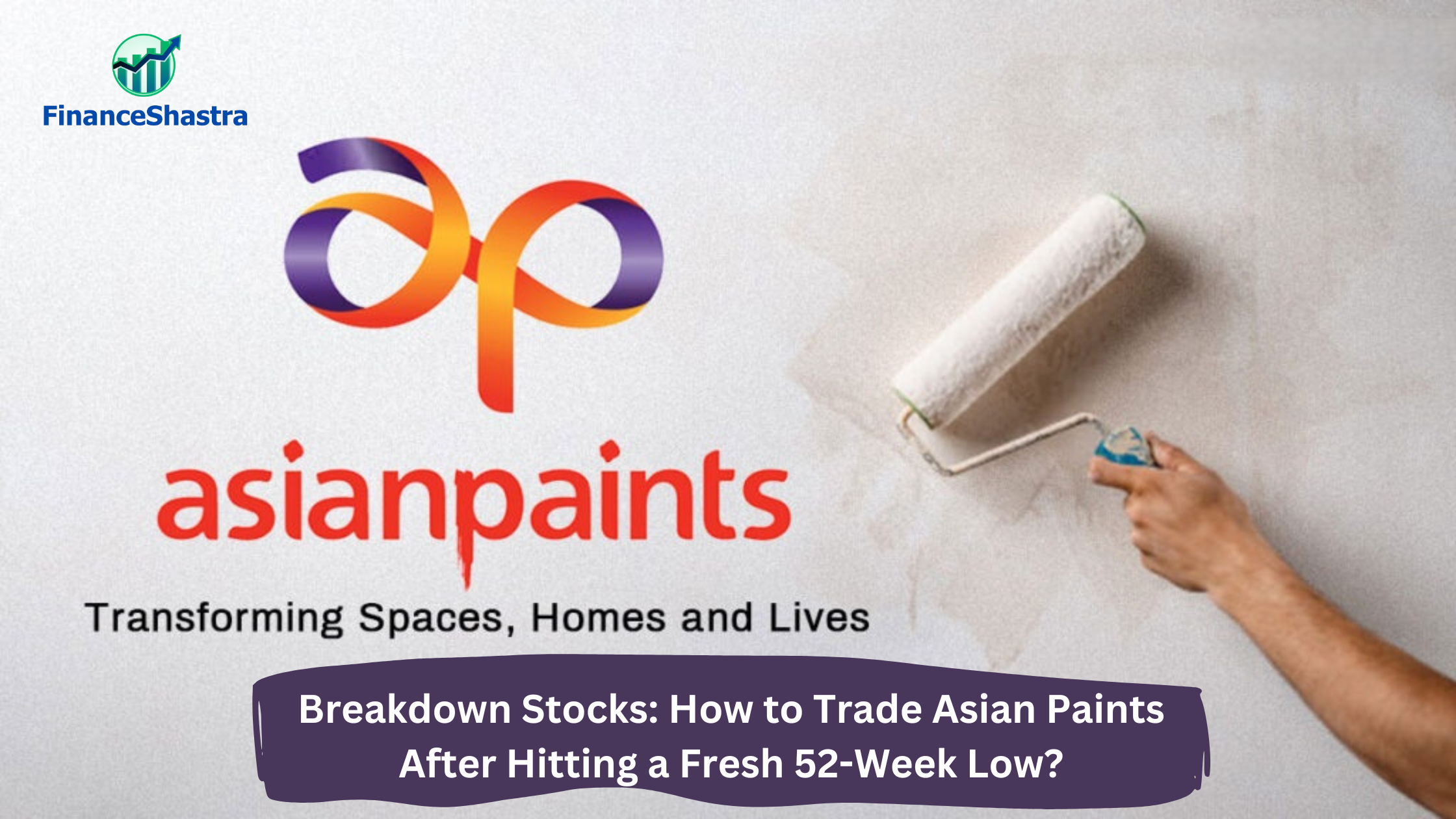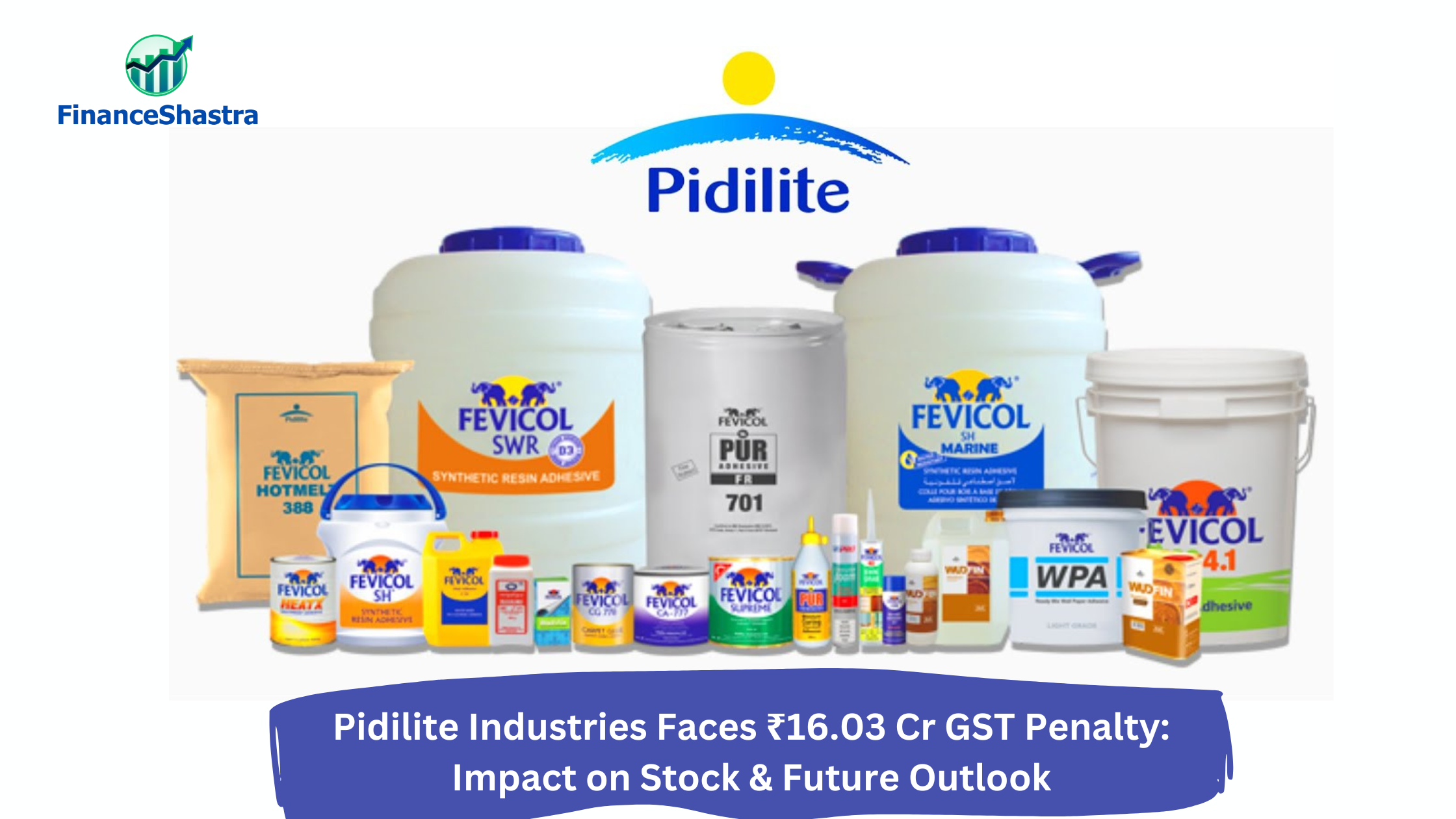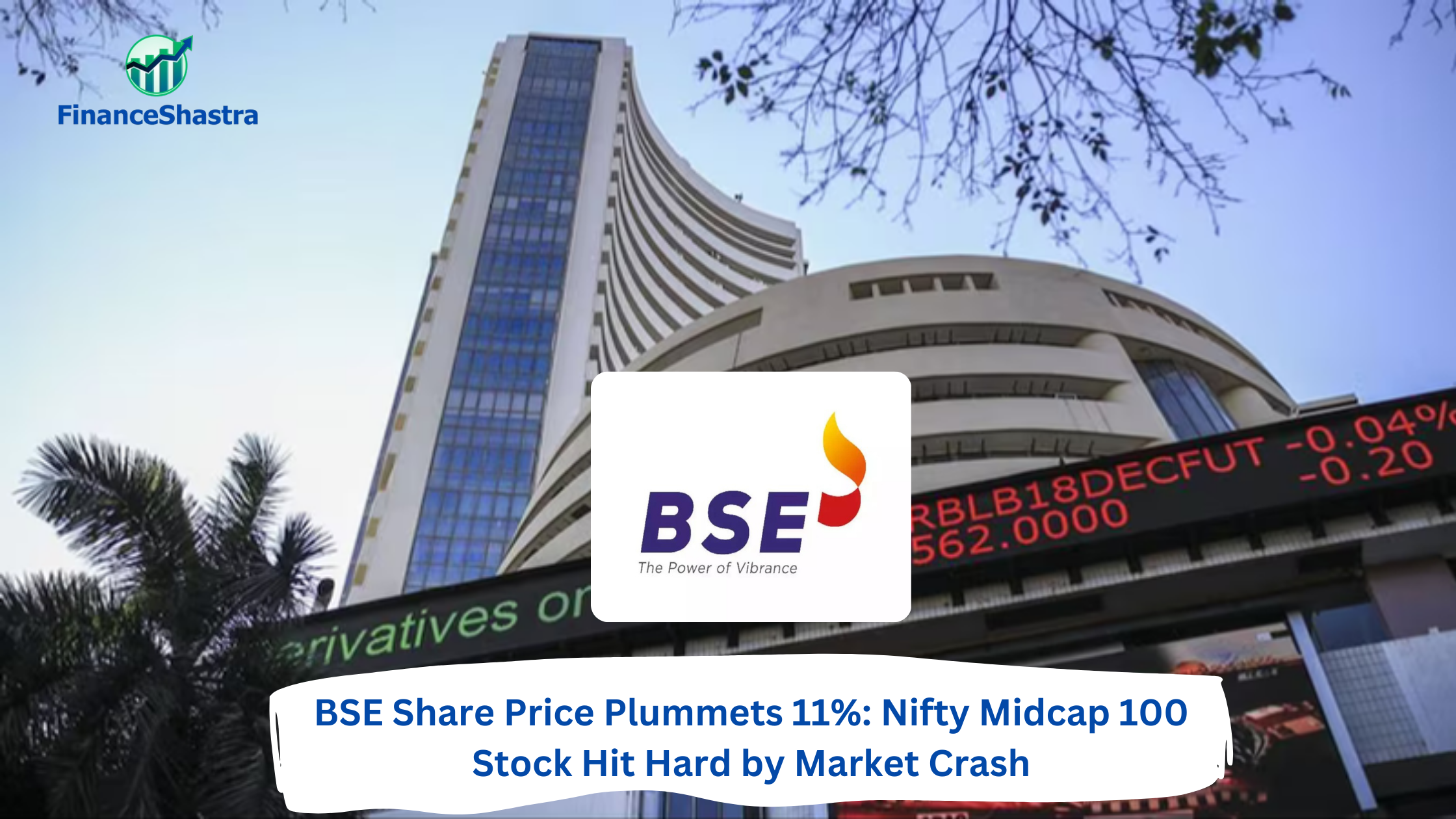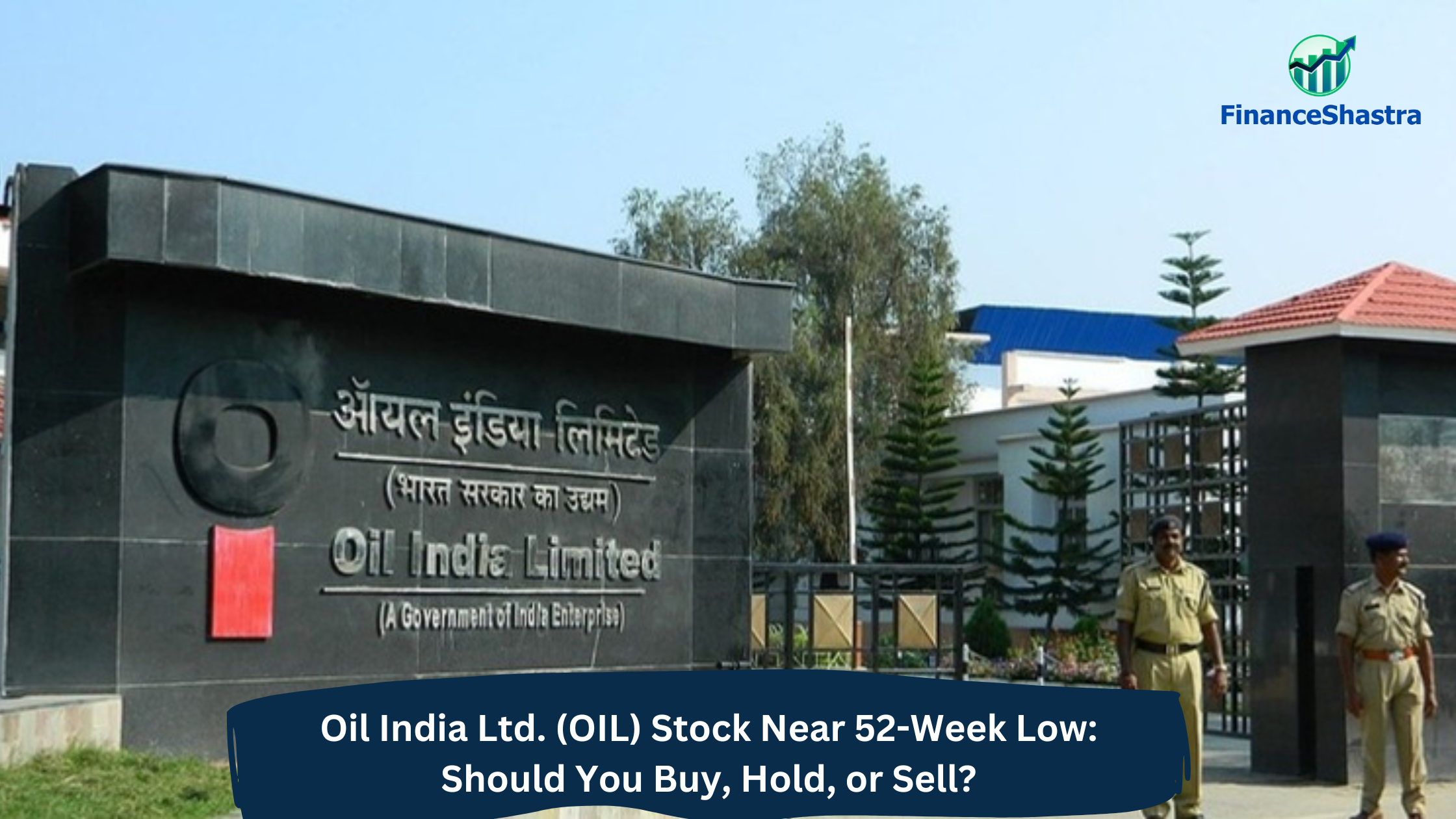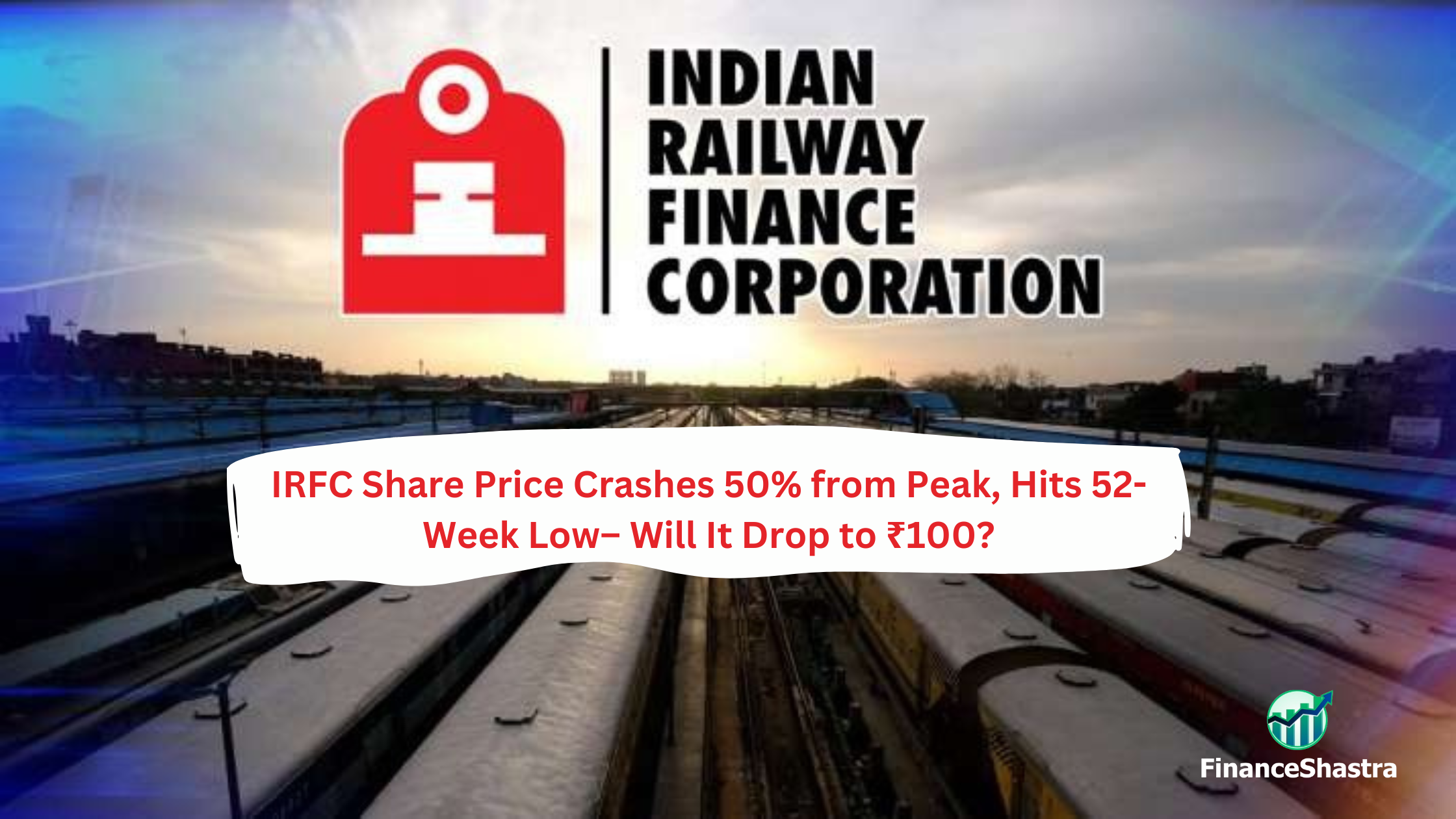Hitachi Energy India’s ₹2,000 Crore Expansion Plan – What Investors Need to Know
Business and Industry Overview:
Hitachi Energy has been working in India for 75 years, helping to build important power and transport systems. The company started in 1949 and opened its first factory in Vadodara in 1962. Over the years, it has grown and now has 19 factories in 8 locations with 7,300 employees.
The company plays a big role in India’s electricity and transport sectors. It helped bring HVDC technology, which improves power supply, and now more than half of India’s HVDC systems use it. In transport, it works with Indian Railways to make Scott Transformers, which help high-speed trains and metro systems. More than 90% of metro trains in India use Hitachi Energy’s power technology.
Hitachi Energy is also focused on clean and reliable energy for the future. It was formed in 2019 as a joint venture between Hitachi and ABB Power Grids. The company provides power solutions to industries and utility companies. It continues to invest in better and greener technology to support India’s growth.
India is one of the biggest producers and users of electricity. As of April 2024, the country has a total power capacity of 442.85 GW. More people, higher electricity use, and growing demand will increase power needs in the future. In FY23, power use grew by 9.5%, reaching 1,503.65 billion units (BU). India is also focusing on clean energy. The country plans to increase non-fossil fuel power to 500 GW by 2031-32. The government has increased funding for solar power, green hydrogen, and energy storage. To reduce coal use, 81 thermal plants will switch to renewable energy by 2026. A Rs. 9.15 lakh crore plan is in place to improve power supply and meet future needs. The power sector is attracting big investments, with US$ 18.28 billion in FDI since 2000. In the next 5-7 years, Rs. 17 lakh crore more investment is expected. India is working toward better, cleaner, and more reliable electricity.Hitachi Cooling and Heating is a well-known air conditioner brand in North India. In a highly competitive market, it has a 14% share in the B2C segment, 25% in PAC/CST, and 10% in VRF. In Rajasthan, the brand is one of the leading players, holding the same market share in these segments. This shows the company’s strong presence and growing demand for its products in the region.
Latest Stock News:
Hitachi Energy India Ltd’s stock rose 6.75% to ₹13,010 on the NSE, marking its third straight session of gains. Over the past year, the stock has surged 106.82%, outperforming both the NIFTY (-0.46%) and Nifty Energy index (-23.15%). In the last month, it has gained 5.91%, closely tracking the 5.96% rise in the Nifty Energy index.
The stock’s P/E ratio is 164.73, based on earnings ending December 2024. Goldman Sachs has given a ‘buy’ rating with a target price of ₹13,350, citing strong order inflows and market dominance. Hitachi Energy holds a 50% market share in the domestic power sector and is strengthening its position by locally manufacturing 80-90% of HVDC project components under the ‘Make in India’ initiative.
During the day, the stock rose 7.9% to ₹13,150, with trading volume at 1.2 times its 30-day average. Analysts remain positive on its growth outlook and strong order pipeline, reinforcing confidence in its future performance.
Potentials:
Hitachi Energy India will invest ₹2,000 crore over the next 4-5 years. This money will be used to expand its production capacity for transformers, including dry and traction transformers. It will also strengthen its high-voltage direct current (HVDC) technology. The company plans to hire and train more people to support its growing operations. Digital tools will be used to improve efficiency and flexibility. Hitachi Energy is focusing on clean energy solutions to support India’s energy transition. It will also follow sustainable practices in its products and operations. The company has been in India for 75 years and continues to play a key role in the country’s power sector.
Analyst Insights:
- Market capitalisation: ₹ 57,283 Cr.
- Current Price: ₹ 13,516
- 52-Week High/Low: ₹ 16,550 / 6,267
- P/E Ratio : 183
- Dividend Yield: 0.03 %
- Return on Capital Employed (ROCE): 17.8 %
- Return on Equity (ROE): 12.7 %
Hitachi Energy has strong growth potential with a dominant market position and a ₹2,000 crore investment plan to expand transformer production, HVDC capabilities, and digitalization. It benefits from India’s clean energy push and government support. However, the stock is highly overvalued with a P/E ratio of 183, low ROE of 12.7%, and weak dividend payouts. While order inflows are strong, valuation concerns and market volatility pose risks. Investors should HOLD if already invested but wait for a price correction before entering, as the stock is expensive at current levels.


